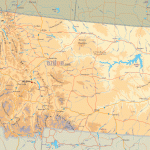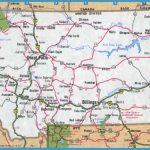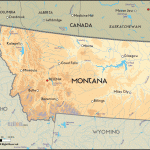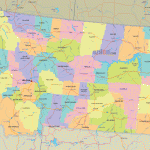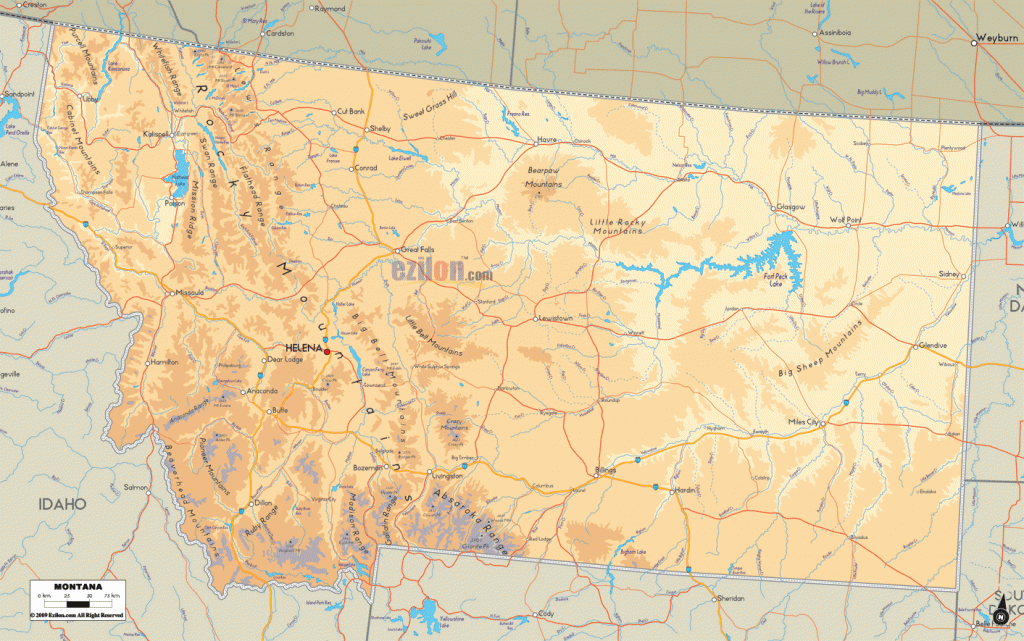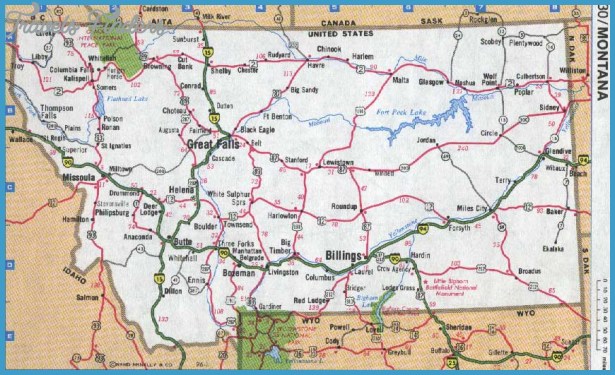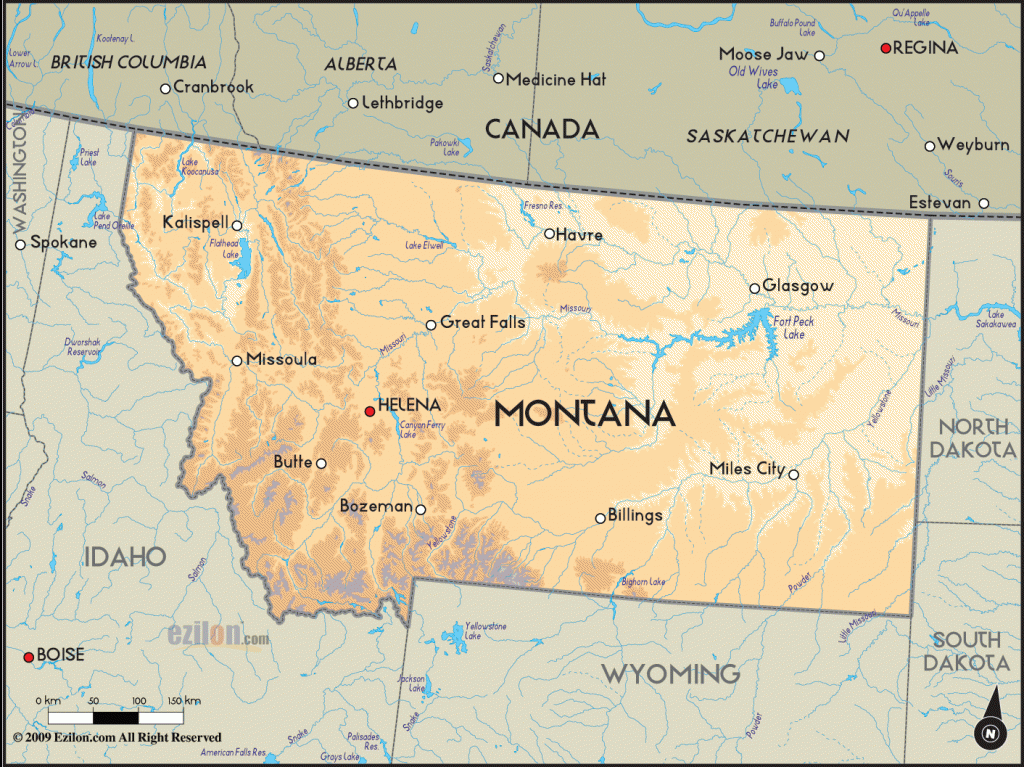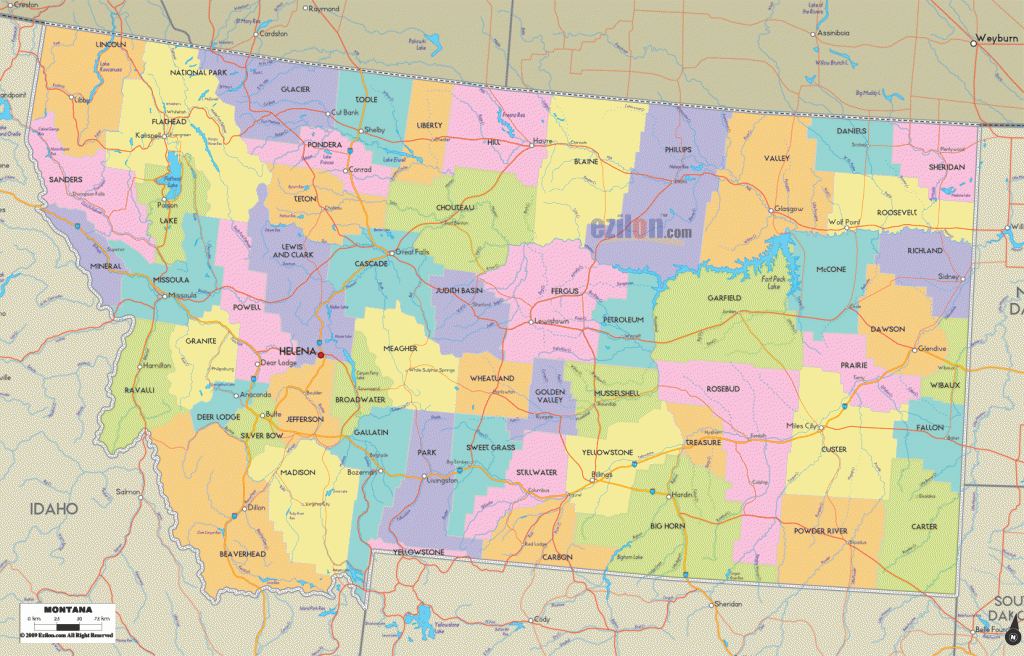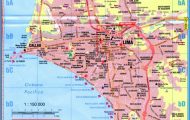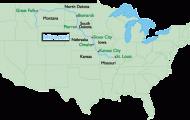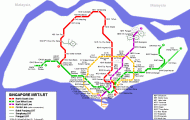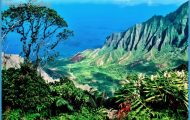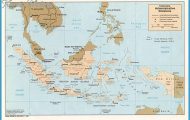Montana NOTABLE LATINOS
Lisa, Manuel (1772-1820). Born in New Orleans, Lisa was the first successful trading and trapping entrepreneur in Montana. He established Fort Lisa (or Fort Manuel) on the Big Horn River, in Montana, in the early 1800s. He became a director of the St. Louis Fur company in 1809. He was also a key negotiator between several Indian tribes and the U.S. government.
Martinez, Lula (1922-2000). Like her younger sister, Angelina Costello, Lula Martinez was a community activist while in Butte and then later in Portland, Oregon. In Oregon, she organized the women to locate health clinics in the communities where farmworkers lived and persuaded the clinics to provide services to the migrant workers. When she returned to Butte, she joined the Butte Community Union (BCU), which was formed in 1982, after the Ananconda mines closed. The BCU organized Butte’s low-income residents.
Costello, Angelina (1930-). Born in Butte, Latina activist Angelina Costello’s parents came from Mexico. Her father was from Bueno Plato, and her mother from Tijuana. They arrived in Butte around the time of her birth to work in the mines. As a child, she remembers, like most children of her generation, that she was not allowed to speak Spanish at school. Along with her sister, Lula Martinez, Angelina Costello was one of the founders of Centro La Raza in Butte. The organization was cultural in principle, but it also was political, as it helped educate the community and promoted the candidacy of a Mexican to be on the police force.
Elvira, Pablo (1937-2000). Pablo Elvira, the famous Puerto Rican opera star, was active in the arts in Bozeman, contributing time, money, and advice to many cultural organizations. Elvira taught at the Indiana University School of Music, participated in many operas for the Metropolitan Opera, and became a leading baritone, performing with Joan Sutherland, Luciano Pavarotti, and Placido Domingo. Elvira was instrumental in establishing the Rimrock Opera, in Billings, and later in helping found the Bozeman Opera. He retired in Bozeman, where he died in 2000.
Machado, Manny (1939-2001). Machado was a professor of history at the University of Montana from 1969 to 1989. He wrote many books and articles on contemporary Mexican politics and on Mexican Americans. Machado was one of the key contributors to the House Joint Resolution on Latinos in Montana, written in 1980. He authored Listen Chicano! An Informal History of the Mexican-American (1978).
Hernandez, Pedro R. (1940-). Pedro Hernandez has been Justice of the Peace in Yellowstone County for 19 years. He is widely respected not only for his current contri-
butions to the Billings community (he was recently named by the governor to the Youth Justice Council) but also for his work prior to becoming a judge: he served in the United States Air force in the 1960s and worked with the Billings Police Force in the 1970s. He has remained involved in the Latino community of Billings.
Romero, Chan (1941-). Born in Billings, Romero is a contemporary of Ritchie Valens and is best known for his hit Hippy Hippy Shake, from 1959. His parents, of Mexican and Native American heritage, moved to Montana from Colorado during the Great Depression. Romero’s biggest influence was Elvis Presley. Romero’s signature song, Hippy Hippy Shake, was adopted by the Beatles, and it has been recorded by different artists ever since. Romero remains active in the music world: he has recently begun work on a new CD. He is very well known in England and Australia, and he also has a strong following in the United States.
Ronquillo, Jim (1943-). Jim Ronquillo, a community activist in Billings, currently serves on the Billings City Council. Known in Billings for his work on Big Brothers, Big Sisters a volunteer organization that promotes and arranges youth mentoring programs in the United States and for fighting against the degentrifying of the Spanish-speaking south side of Billings. When the city placed the Women’s Prison and the Rim Rock Drug Rehabilitation center on the south side of town, he vowed not to allow the city to further destroy the Mexican neighborhood. He fought against further ill-conceived ideas by convincing the city of the long and important role Mexicans have played in the city. Ron-quillo’s parents arrived via Texas from Mexico, escaping the Mexican Revolution. The family moved to Montana to harvest sugar beets and decided to stay in the United States, traveling between Colorado and Montana until they eventually settled in Montana.
Chacon, Rafael (1963-). Art historian Hipolito Rafael Chacon was born in Cuba in 1963. He emigrated with his family to the United States as a child. He grew up in Northwest Indiana. Chacon is professor of art history and criticism in the Department of Art of the University of Montana at Missoula. Since coming to Montana in 1994 he has taught a range of art history and criticism courses, and he has written and lectured widely on a diversity of art historical and critical topics. At the University of Montana he has been responsible for the development of the art history and criticism curriculum, introducing the first set of non-Western art history courses. He has also established the state’s first master’s degree in art history.

